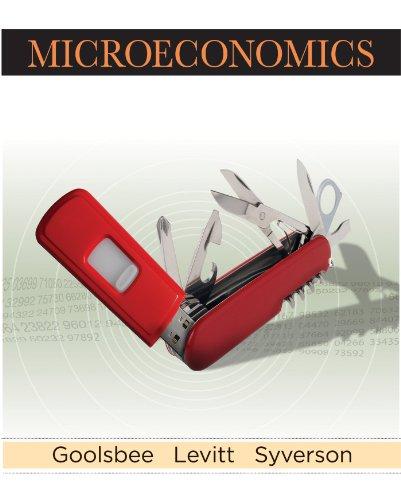3. Suppose that the inverse market demand for pumpkins is given by P = $10 0.05Q....
Question:
3. Suppose that the inverse market demand for pumpkins is given by P = $10 – 0.05Q. Pumpkins can be grown by anybody at a constant marginal cost of $1.
a. If there are lots of pumpkin growers in town so that the pumpkin industry is competitive, how many pumpkins will be sold, and what price will they sell for?
b. Suppose that a freak weather event wipes out the pumpkins of all but two producers, Linus and Lucy. Both Linus and Lucy have produced bumper crops, and have more than enough pumpkins available to satisfy the demand at even a zero price. If Linus and Lucy collude to generate monopoly profits, how many pumpkins will they sell, and what price will they sell for?
c. Suppose that the predominant form of competition in the pumpkin industry is price competition. In other words, suppose that Linus and Lucy are Bertrand competitors.
What will be the final price of pumpkins in this market — in other words, what is the Bertrand equilibrium price?
d. At the Bertrand equilibrium price, what will be the final quantity of pumpkins sold by both Linus and Lucy individually, and for the industry as a whole? How profitable will Linus and Lucy be?
e. Would the results you found in parts
(c) and
(d) be likely to hold if Linus let it be known that his pumpkins were the most orange in town, and Lucy let it be known that hers were the tastiest? Explain.
Step by Step Answer:

Microeconomics
ISBN: 9780716759751
1st Edition
Authors: Austan Goolsbee, Steven Levitt, Chad Syverson






